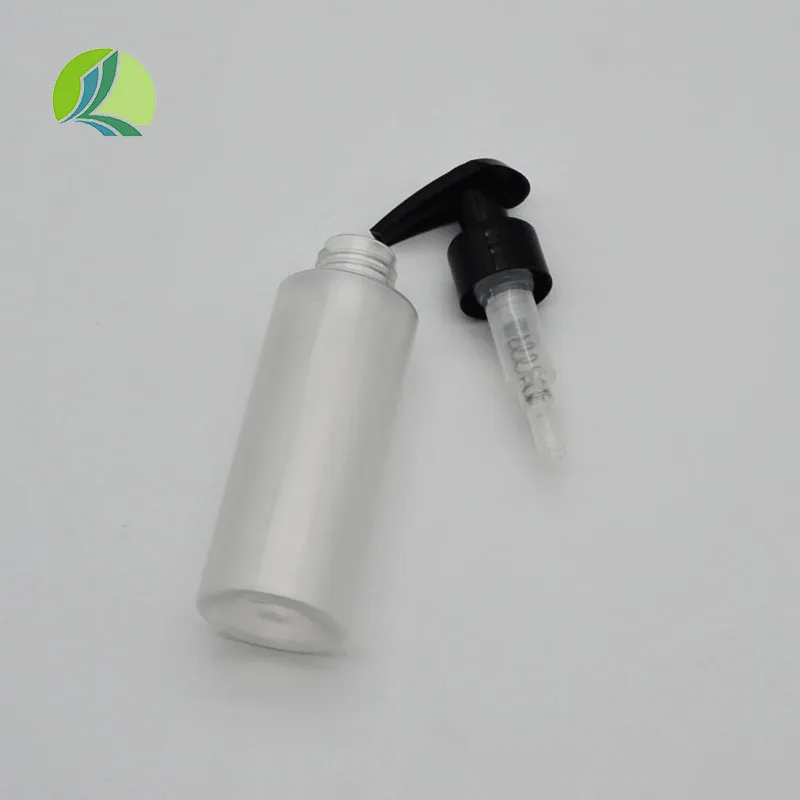Choosing the Right Vials for Optimal Blood Sample Collection and Preservation Techniques
The Importance of Vials Used for Blood Sample Collection
Blood sample collection is a critical procedure in medical diagnostics, clinical research, and various healthcare applications. One of the unsung heroes of this process is the vial used for collecting blood samples. The choice of blood collection vials can significantly impact the accuracy of diagnostic tests, the safety of both patients and healthcare providers, and the overall efficiency of laboratory workflows. Understanding the various types of vials, their uses, and the importance of proper handling is essential for medical professionals.
Types of Blood Collection Vials
Blood collection vials come in several types, each designed for specific purposes based on the analyses that will be performed on the blood samples. The most commonly used vials include
1. Red-Top Vials These vials contain no additives and are primarily used for serum collection. They allow blood to clot, making them suitable for tests that require serum, such as metabolic panels and hormone levels.
2. Blue-Top Vials These vials contain sodium citrate, which acts as an anticoagulant by binding calcium in the blood. They are essential for coagulation studies, helping laboratories evaluate clotting disorders.
3. Green-Top Vials With lithium heparin as an additive, green-top vials are used for plasma tests. They are ideal for chemistry tests requiring quick plasma separation, facilitating faster turnaround times for test results.
4. Purple-Top Vials These vials contain EDTA (ethylenediaminetetraacetic acid), another anticoagulant that prevents blood from clotting. They are commonly used for complete blood counts (CBC) and blood typing.
5. Grey-Top Vials These vials contain sodium fluoride, which preserves glucose in the sample and is used for glucose testing, particularly in diabetes management.
vials used for blood sample collection

Importance of Proper Use and Handling
The effectiveness of blood sample vials goes beyond their design and intended use. Proper handling, storage, and labeling are paramount in ensuring the reliability and validity of test results. Contamination, incorrect labeling, or improper storage conditions can lead to erroneous readings, impacting patient care and treatment decisions.
Healthcare professionals must adhere to strict protocols when collecting blood samples, which include using appropriate vials, ensuring that the vials are sterile, and following aseptic techniques throughout the collection process. It is also essential to mix the samples gently by inverting the vials according to the manufacturer’s guidelines to ensure that the additives are evenly distributed.
Innovative Advancements
Recent advancements in vial technology have further improved the practices surrounding blood sample collection. Features such as integrated safety mechanisms, enhanced materials that reduce hemolysis, and color-coded closures for easy identification have been developed. Some manufacturers have introduced pre-filled vials with specific additives, reducing the risk of errors during the collection process.
Moreover, with the rise of at-home testing and decentralized healthcare, the design and function of blood collection vials are evolving to meet new demands. Innovations such as self-sealing mechanisms and improved packing for transport are ensuring that samples can be collected and sent to laboratories safely and efficiently.
Conclusion
In summary, vials used for blood sample collection are a vital aspect of the healthcare system. They play a crucial role in ensuring accurate diagnoses and effective treatment plans. As the medical field continues to advance, the ongoing development and refinement of these vials will be essential in enhancing laboratory efficiency and improving patient outcomes. A thorough understanding of the different types of vials and proper handling techniques remains imperative for healthcare professionals, highlighting the importance of continual education and adherence to best practices in blood sample collection.
-
Aesthetic Makeup Spray Bottles | Fine Mist Empty RefillableNewsAug.19,2025
-
White Plastic Veterinary Vaccine Vials | Lab Liquid BottlesNewsAug.18,2025
-
Plastic Medicine Liquid Bottle: Secure Flip Top Drug VialsNewsAug.17,2025
-
Durable 250ml Blue Plastic Vaccine Vial for Lab & Vet UseNewsAug.16,2025
-
Sterile Virus Sample Tubes: Secure & Reliable Specimen CollectionNewsAug.15,2025
-
White 250ml Plastic Vaccine Vial for Lab & Vet MedicineNewsAug.14,2025
























